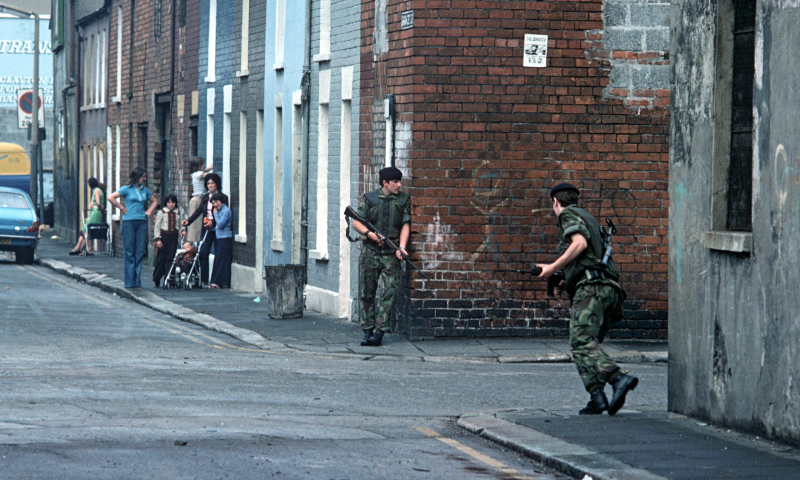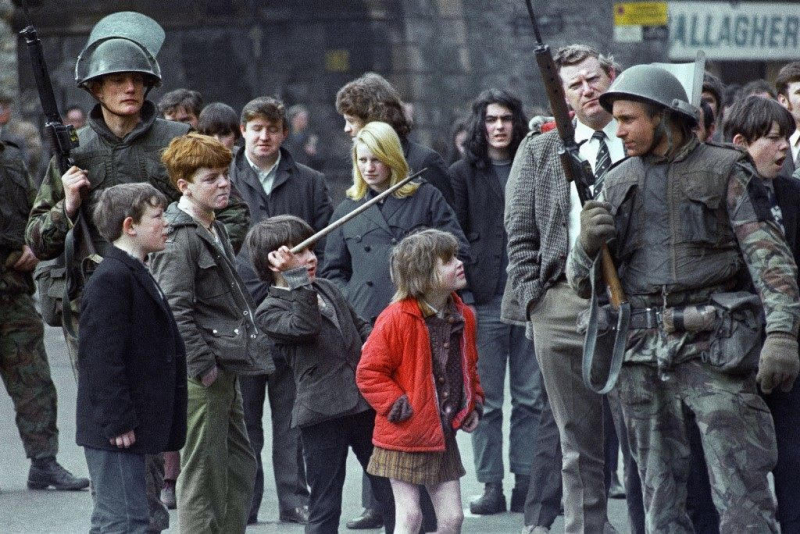The Troubles
Northern Ireland saw one of the worst insurgencies of the 20th century from the late 1960s to 1998. The violent clash between the unionist British and nationalist Irish populations in the area, which the UK had ruled since the 1920s, became known as the Troubles. It was a significant confrontation that, based on the numbers, would perhaps qualify as a war.
Over 3,500 individuals lost their lives during the incident when British-backed Ulster forces and rebel Irish paramilitaries like the Irish Republican Army (IRA) engaged in a bloody guerilla campaign against them. More than 47,000 individuals were hurt in the crossfire throughout the fight, the majority of whom were young adults, and there were several civilian deaths and losses.
Numerous high-profile murders occurred during this period, including that of Lord Mountbatten and Airey Neave, the British Shadow Secretary of State for Northern Ireland in 1979. The Good Friday Agreement in 1998 brought an end to the Troubles, although the bloodshed didn't halt entirely until 2007.
Date: Late 1960s–1998
Location: Northern Ireland, Violence occasionally spread to the Republic of Ireland, England and mainland Europe
Result:
- Military stalemate
- Good Friday Agreement (1998)
- St Andrews Agreement (2006)
- Withdrawal of British forces taking part in Operation Banner[9]
- Disarmament of paramilitary groups
- Continuing sporadic violence












